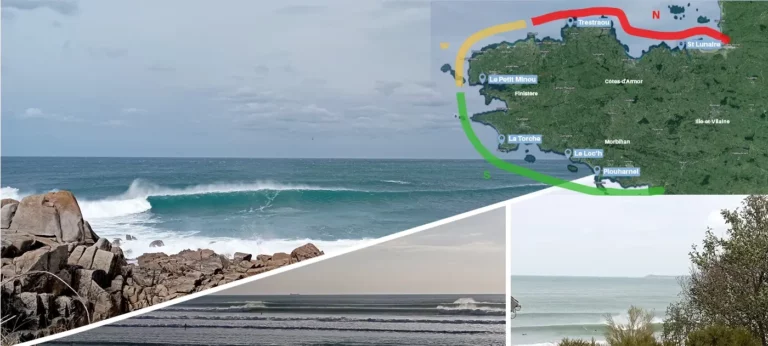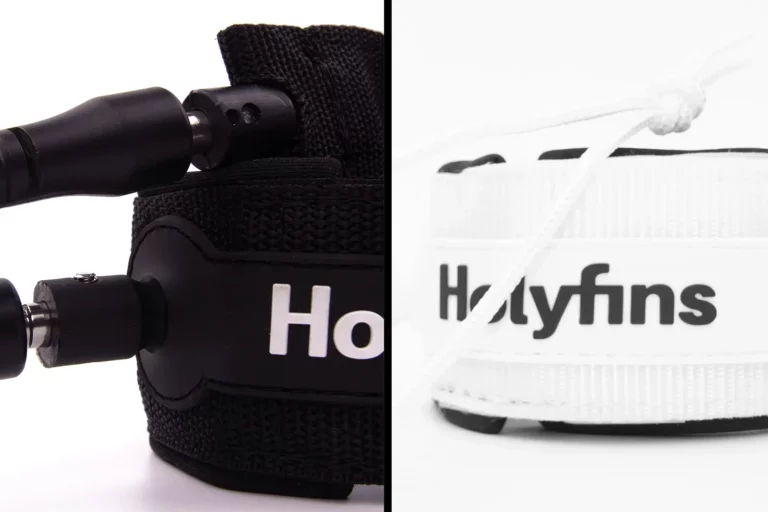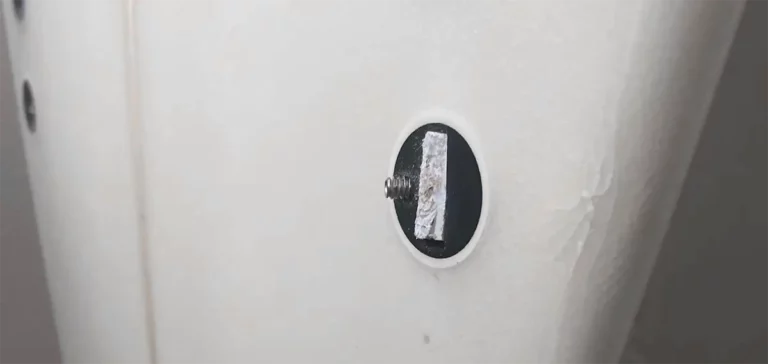Ancient Hawaiian surfers surfed finless wood-carved surfboards called Alaia and Olo. Today in the surfing industry finless surfboards are pretty much non-existent, every surfboard is equipped with one or multiple surf fins. In this article, we are going to explain the mechanics behind surfboard fins and how it made them so popular.
What are the fins of a surfboard for?
The question is straightforward, but the answer is more complex than it seems.
The short version:
Basically, surfboard fins help the surfer to turn on waves by allowing pivot, and by stabilizing the surfboard they stop it from sliding sideways.
The long version:
Surfers use fins because they bring lift.
Fins are tributary of fluid dynamics and in particular Bernoulli’s principle. Bernoulli teaches us that when the velocity of water increases the pressure around it decreases.
In the case of surfboard fins and in particular side fins, the water going through the foiled side of the fin will go faster than the non-foiled or flatter side. Because it won’t be able to go in a straight line but will have to follow the curve of the fin making it a longer traveling distance. A foiled fin traveling through water will therefore have one side with a lower pressure than the other creating lift due to these two forces trying to equalize. The same thing happens on airplanes. The higher pressure under the flat side of the wing pushes the plane into the air.

On our surfboards this force is horizontal. It pushes our boards both left and right allowing the surfer to stay in a chosen direction. Another advantage of lift is that it can speed up turns. You will turn more quickly when surfing because you generate a greater pressure differential between the inside and outside of the fin due to a bigger angle of attack, similar to how a plane adjusts its wing upward before takeoff. It works in a linear way until you push too much and your fin loose track.
In other words, lift allows us to control our surfboard by keeping it straight and letting us quickly change direction by shifting weight over the board.
But unfortunately, drag is also an unavoidable force produced by surfboard fins and the lift they provide.
As surfers, what we refer to as drag is actually fluid resistance or water resistance and is what slows down a surfboard.
Fins cause a range of drag, including:
In other words, everything under your surfboard slows you down. Therefore, the main goal of fins design is to obtain the best lift-drag ratio for surfers so they can maneuver their board without losing too much speed
Finally, you must be aware that hydrodynamics is a complex and evolving field of research. To achieve this goal, a huge number of interrelated variables and characteristics must be taken into consideration. Such as the different properties of your surfboard fins, the shape of your board, or simply the way and the waves you surf.
If you have any questions, let us know in a comment!
If you need any surfing equipment, have a look at our performant and accessible Fins , Traction Pads, and Leashes, we deliver worldwide!







Leave a Reply